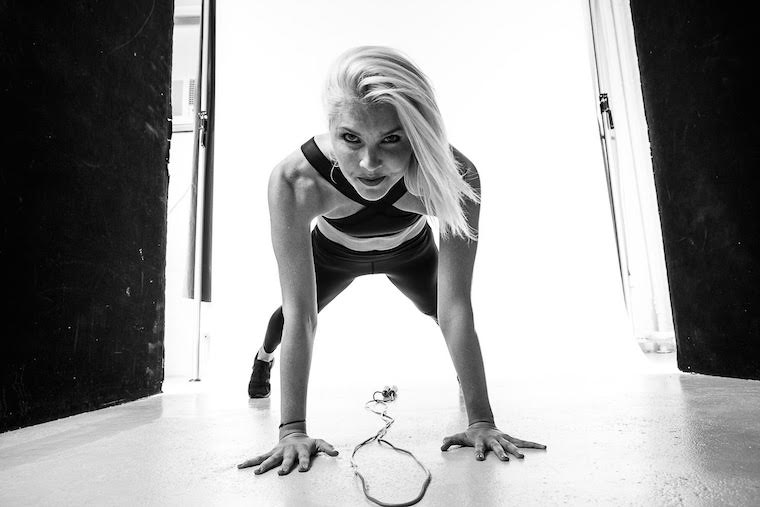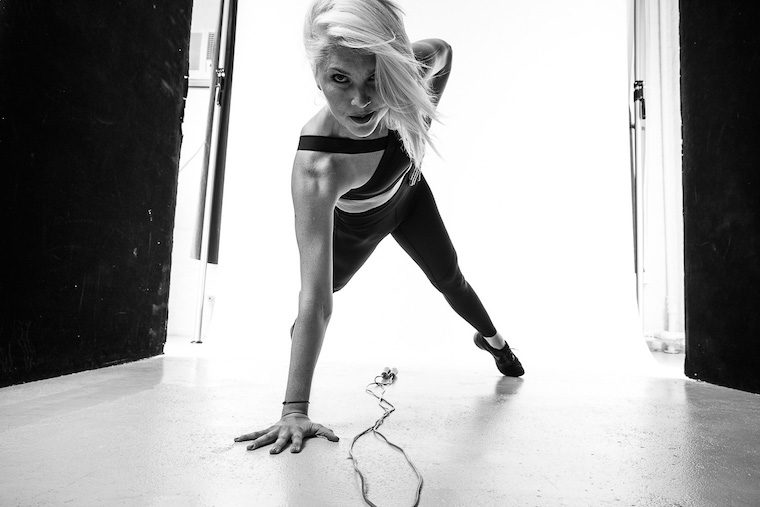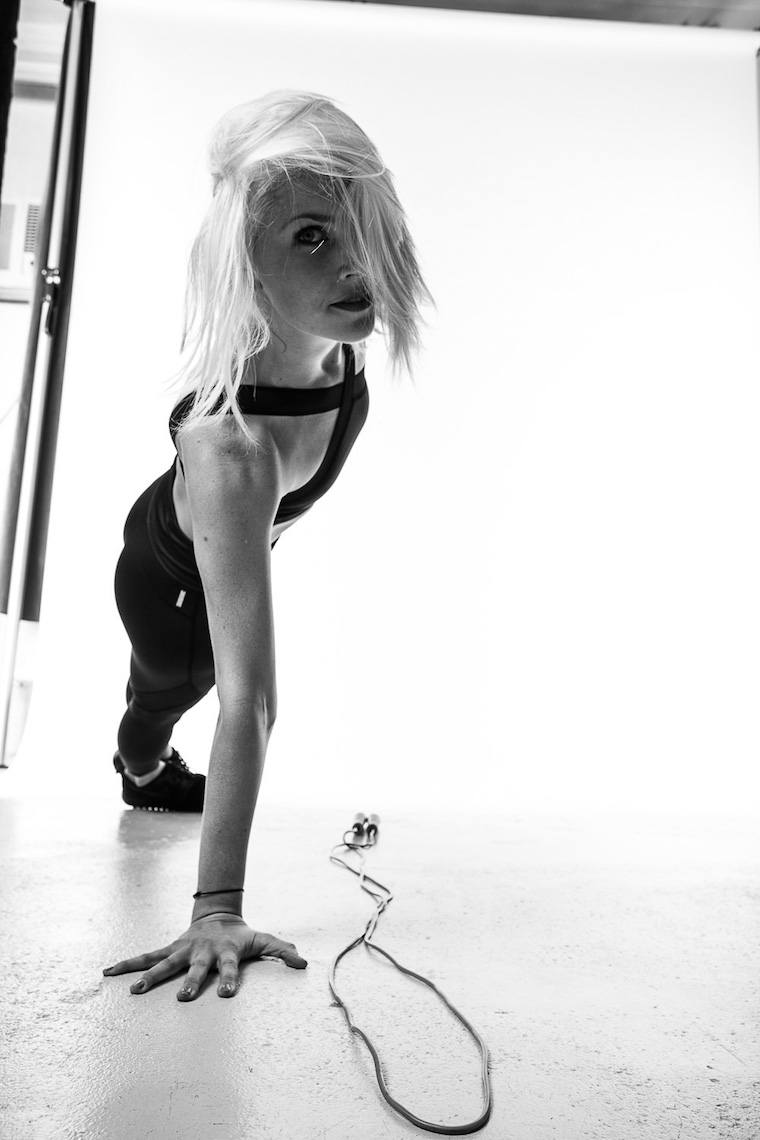When it comes to ab workouts, you can't argue with the fact that the classic plank will always rock your core.
The horizontal ab-crusher (and serious patience builder) is a do-anytime, anywhere move that trainers love because of its effectiveness. "A plank works your entire body," says Amanda Kloots, the mastermind behind The Rope workout (which incorporates plenty of them in between jump-roping sessions). "They're such a great way to warm you up and target your abdominal muscles at the same time."
But, like push-ups, planks come with their own debates on form: Should you assume the position on your forearms or balance on your palms, with your arms extended? How long do you really need to hold plank to get results?
Keep reading for 3 ways to get the most out of your plank, according to Kloots.

1. High planks and forearm planks target different areas
Ever notice how your arms are on fire when doing a high plank? That's because it's working much more than your abs. "If you want to work more upper body, then planks on your hands target the shoulders and triceps," says Kloots. "When you're on your forearms, you're defying gravity closer to the ground and working your core more."
She also notes that forearm planks are good for anyone with wrist injuries. If you do opt for a high plank, Kloots recommends keeping your hands flat but to "lift out of your wrists instead of sinking to the floor," to alleviate strain.

2. Form is everything
When engaged in a plank, it's not just about clenching your abs until you're trembling—it's also important to make sure the rest of your body is in place. "I like to keep my feet together and squeeze my legs and glutes so that my lower body is tight and engaged while I'm holding the plank," says Kloots.

{{post.sponsorText}}
And even though you may be suffering through the move, don't just let your neck drop. "Your head should always be in line with your spine," says Kloots. "So if both hands or forearms are down, you should be looking straight down in front of you, keeping your head in line with your spine." The same goes for side planks—follow the spine and avoid tilting your head toward the floor (which could strain your neck).
If you're doing dynamic planks (i.e., knee to shoulder touches or mountain climbers), Kloots says it can be easy to slack on form. "The biggest issue here is keeping your shoulders over your elbows," she says.

3. You don't have to hold them for a minute
Though there's a fitness rumor that you're supposed to hold planks for a minute in order to really be effective, Kloots says that's not the case (phew). "Everyone is at a different level, right? If holding 20 seconds is hard for you, then holding a perfect 20-second plank will be effective," she explains. "If you're advanced, you may need to hold a plank for two minutes before you start feeling it in your core."
It's totally fine to work toward your personal best plank time. "Focus on perfect form first and then keep adding more time as you get stronger," she adds. The best part? It's all in your hands—literally.
Now to work your lower body. Try the butt-sculpting hack Gigi Hadid swears by. And this is how to sneak in squats and stretches at work.
Loading More Posts...